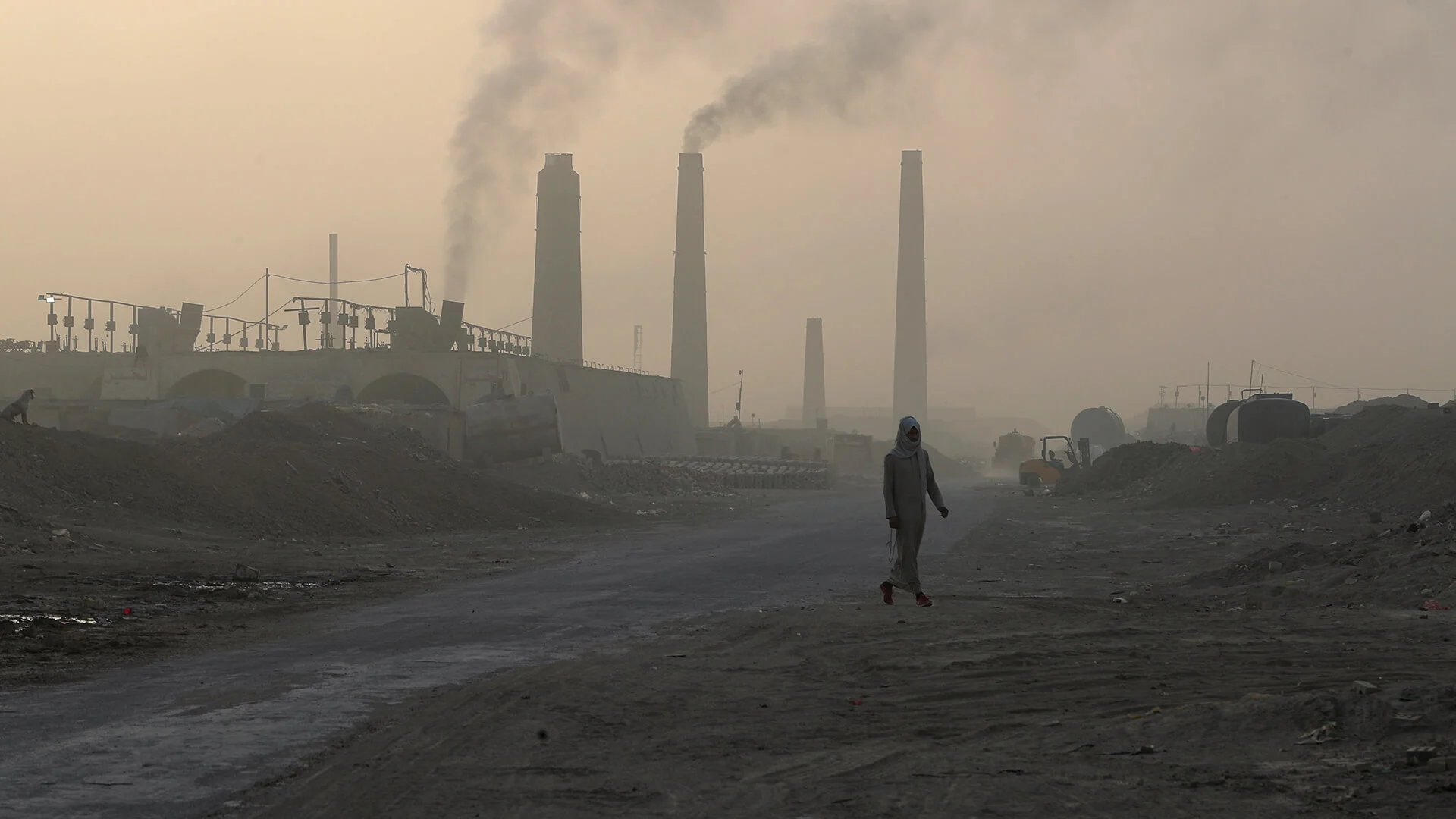
Global CO2 emissions to grow less than 1% this year thanks to renewables: IEA
LONDON (Reuters) - Global carbon dioxide emissions from burning fossil fuels are expected to rise by just under one per cent this year as the expansion of renewables and electric vehicles outweigh coal demand, according to the International Energy Agency (IEA).
CO2 emissions are on course to increase by nearly 300 million tonnes to 33.8 billion tonnes this year, a far smaller rise than their jump of nearly 2 billion tonnes in 2021, the agency said in a report.
The rise this year has been driven by power generation and the aviation sector as air travel rebounds from pandemic lows.
While that increase could have been much larger at possibly 1 billion tonnes with countries' coal demand surging as gas prices soared due to the war in Ukraine, deployment of renewable energy and EVs have kept a lid on the rise in emissions.
“The global energy crisis triggered by Russia’s invasion of Ukraine has prompted a scramble by many countries to use other energy sources to replace the natural gas supplies that Russia has withheld from the market," said IEA Executive Director Fatih Birol.
"The encouraging news is that solar and wind are filling much of the gap, with the uptick in coal appearing to be relatively small and temporary,” he added.
The report said solar photovoltaic and wind were leading an increase in global renewable electricity generation this year with more than 700 terawatt-hours (TWh), the largest annual rise on record. Without this increase, global CO2 emissions would have been more than 600 million tonnes higher this year.
Despite droughts in several regions, global hydropower output is up year-on-year, contributing over one-fifth of the expected growth in renewable power.
The European Union’s CO2 emissions are on course to decline this year despite higher coal emissions. The rise in European coal use is expected to be temporary, as a strong pipeline of new renewable projects is forecast to add around 50 gigawatts of capacity next year.
In China, CO2 emissions are set to remain flat in 2022 due to weaker economic growth, the impact of drought on hydropower, and deployments of solar and wind.
(Reporting by Nina Chestney; Editing by Andrew Heavens and Bernadette Baum)










